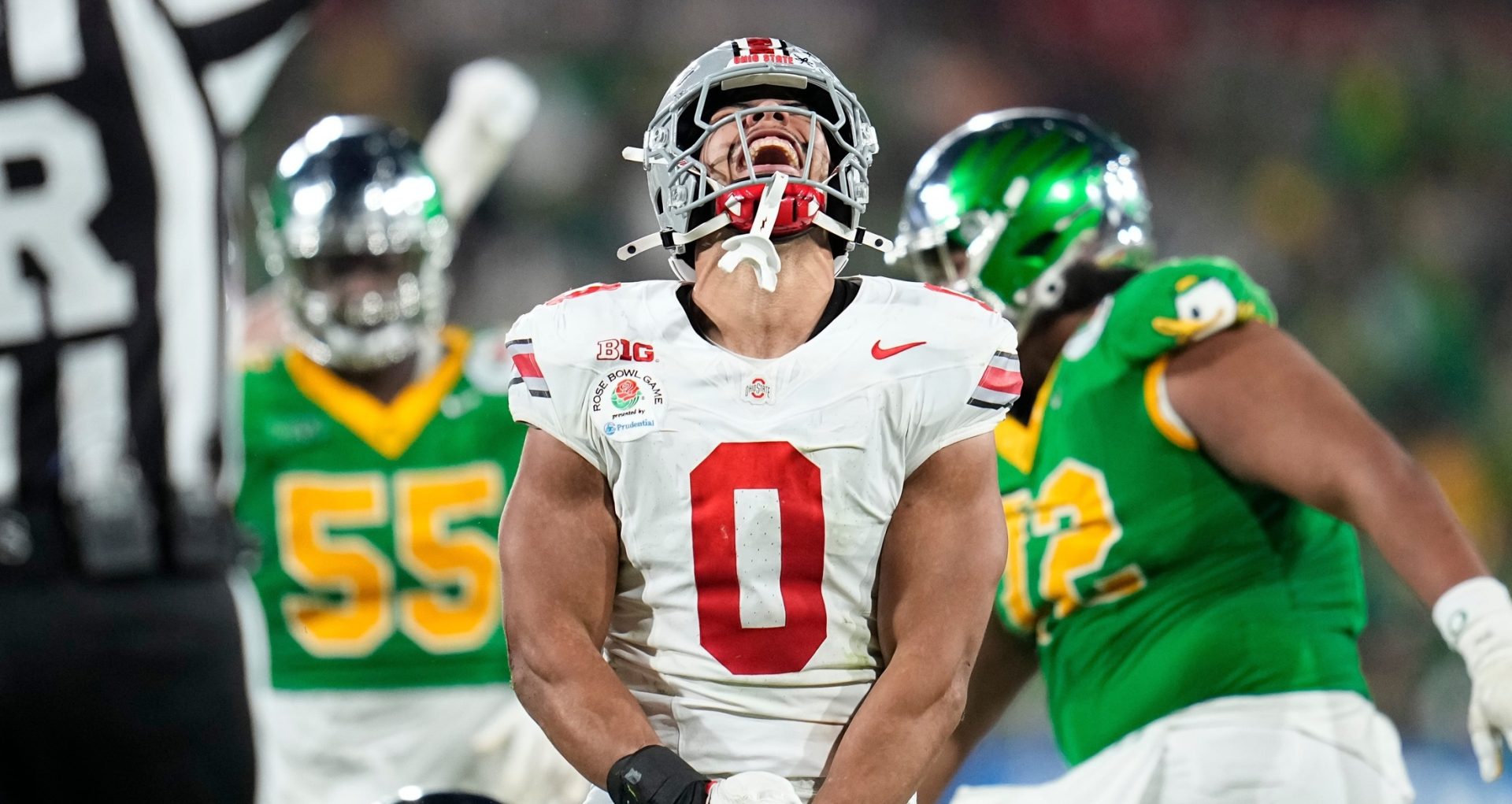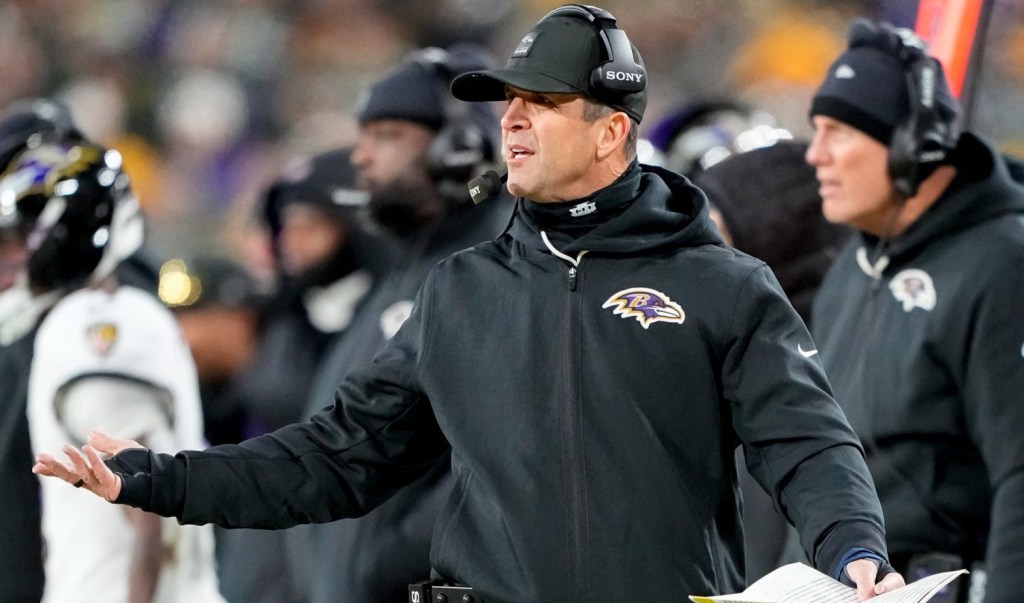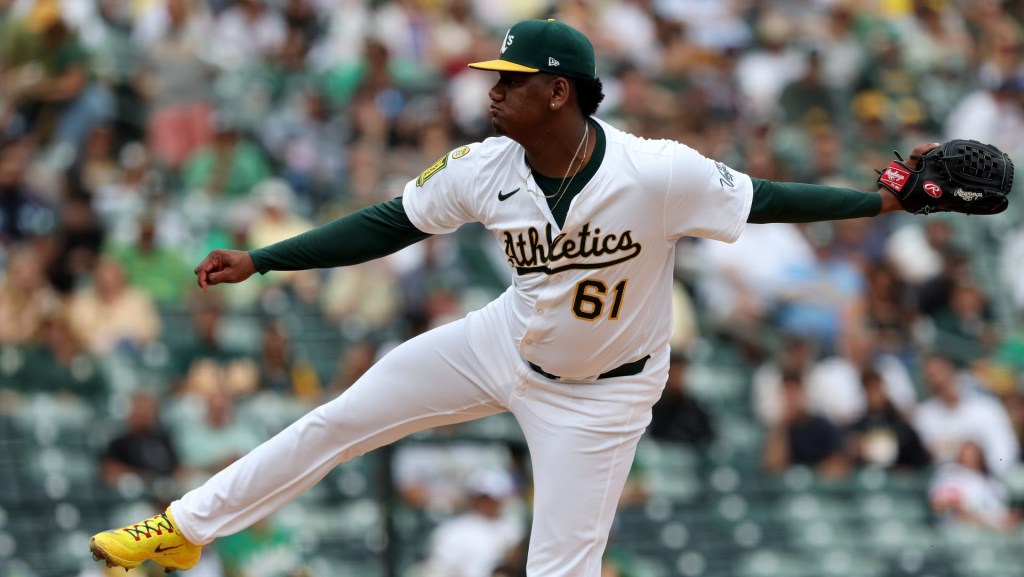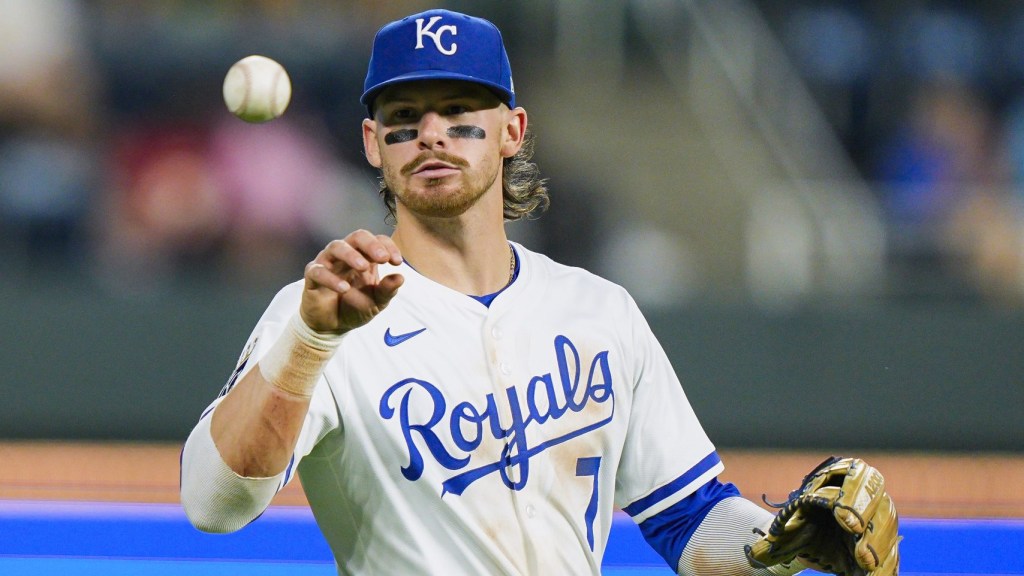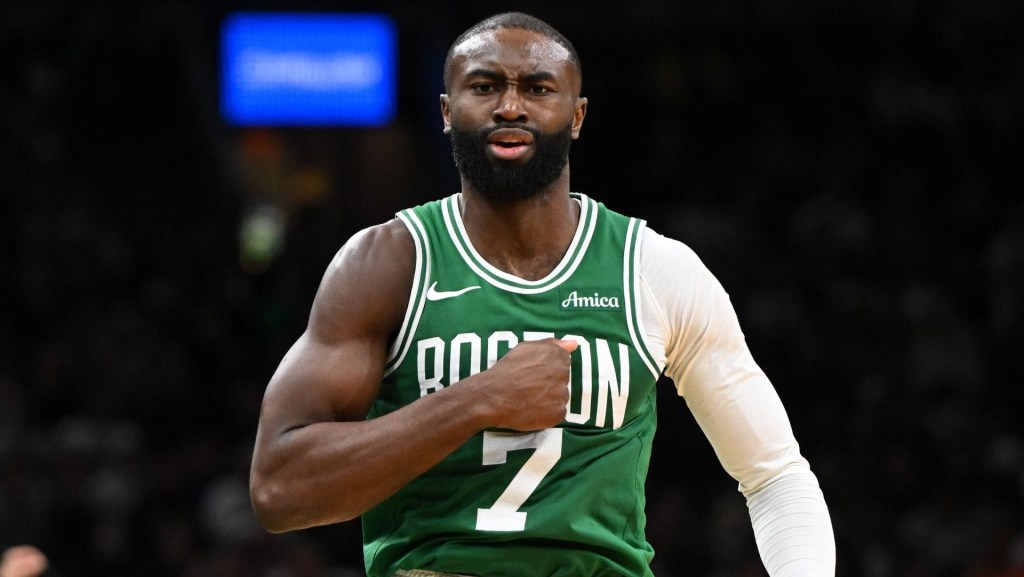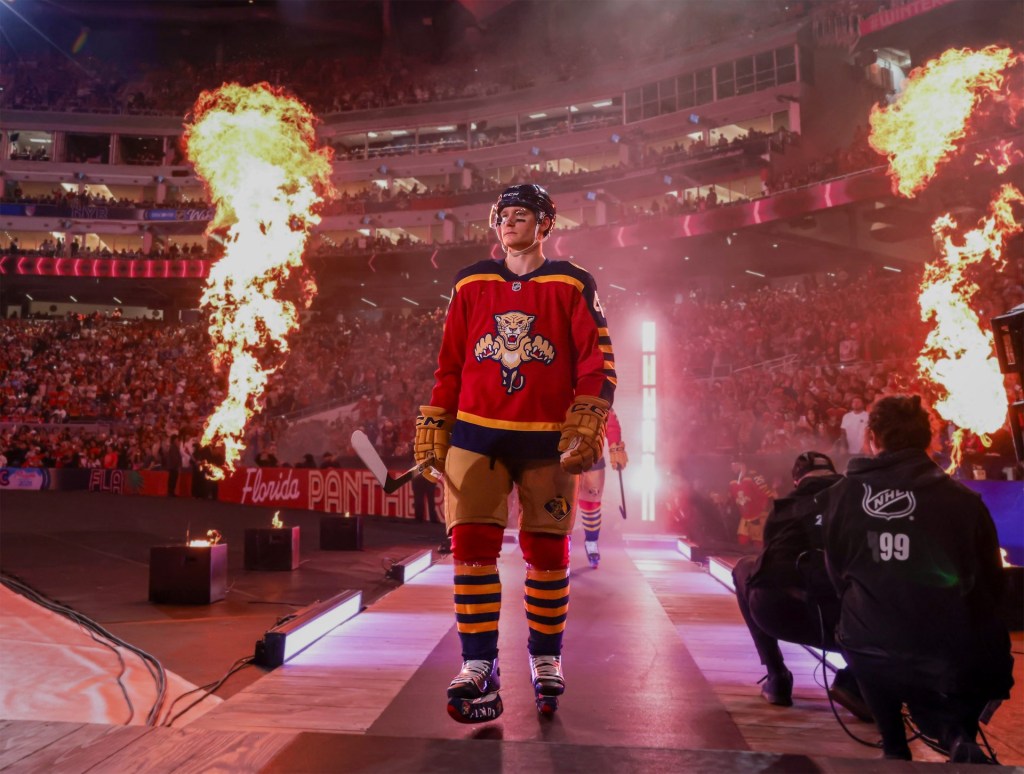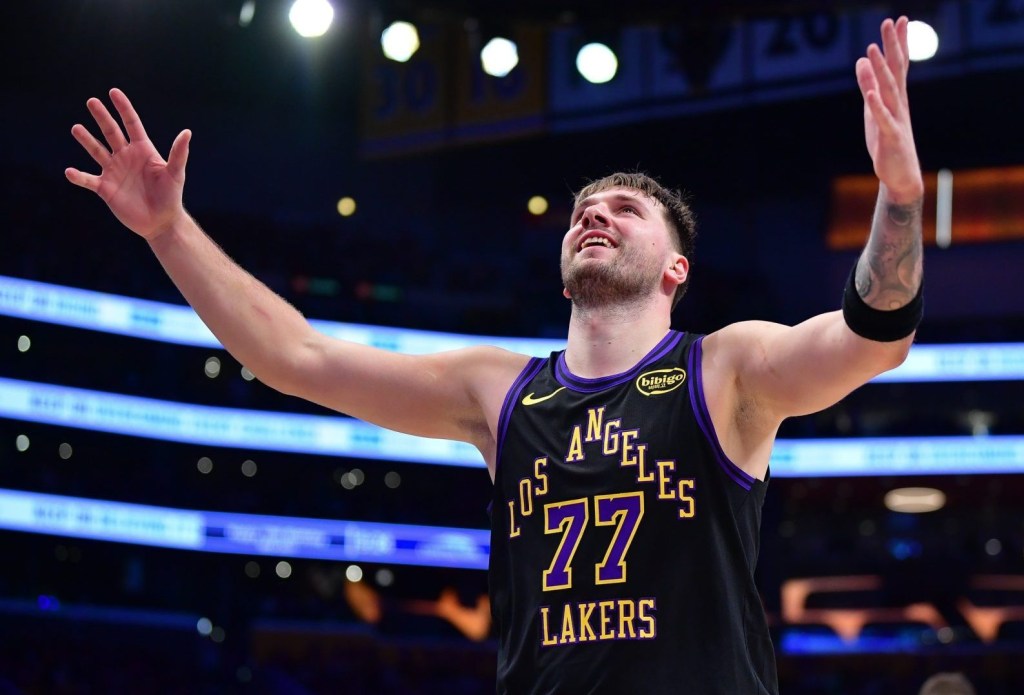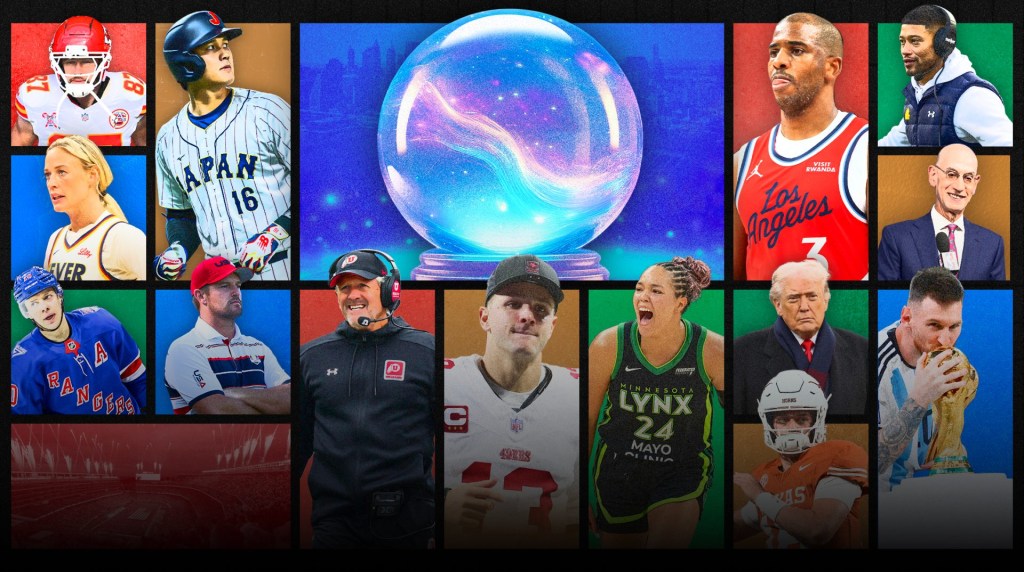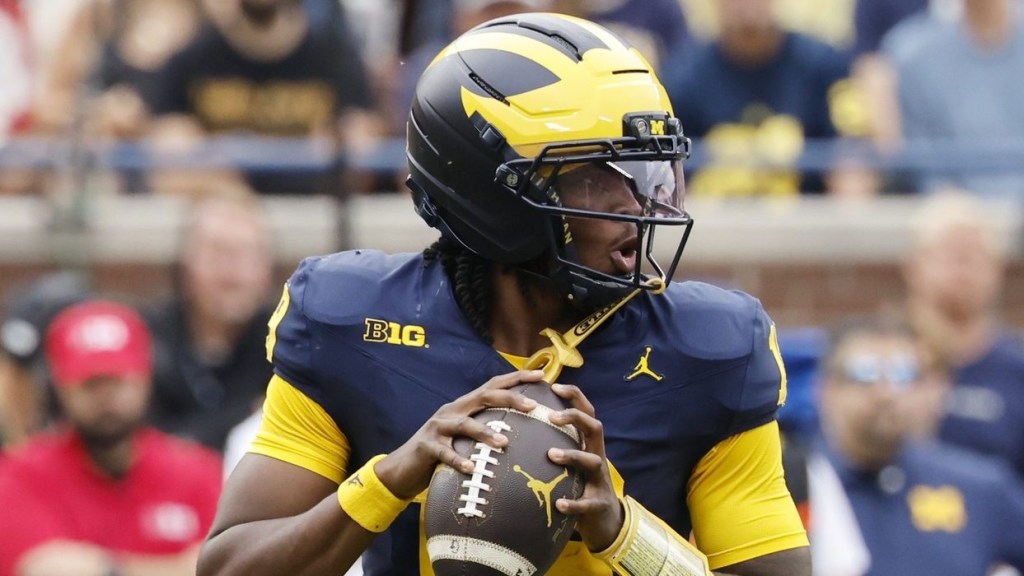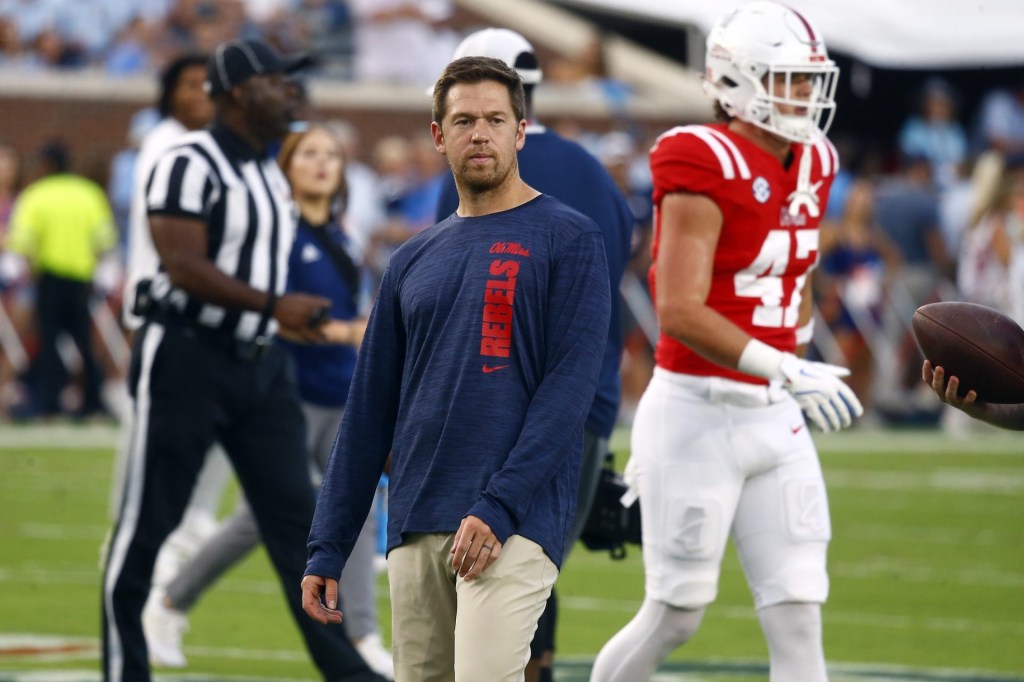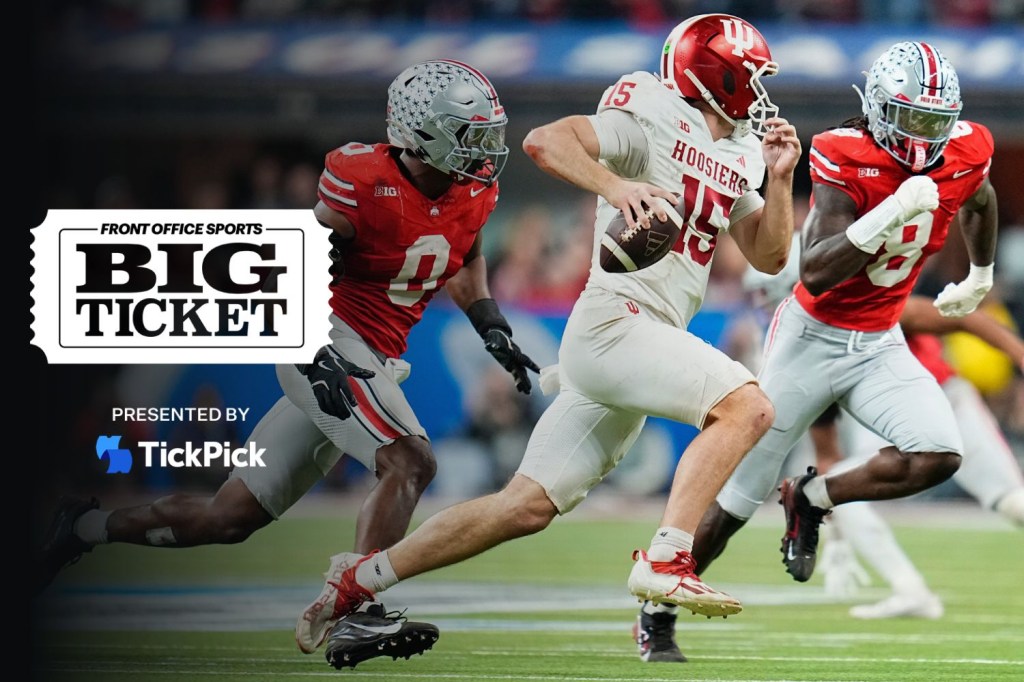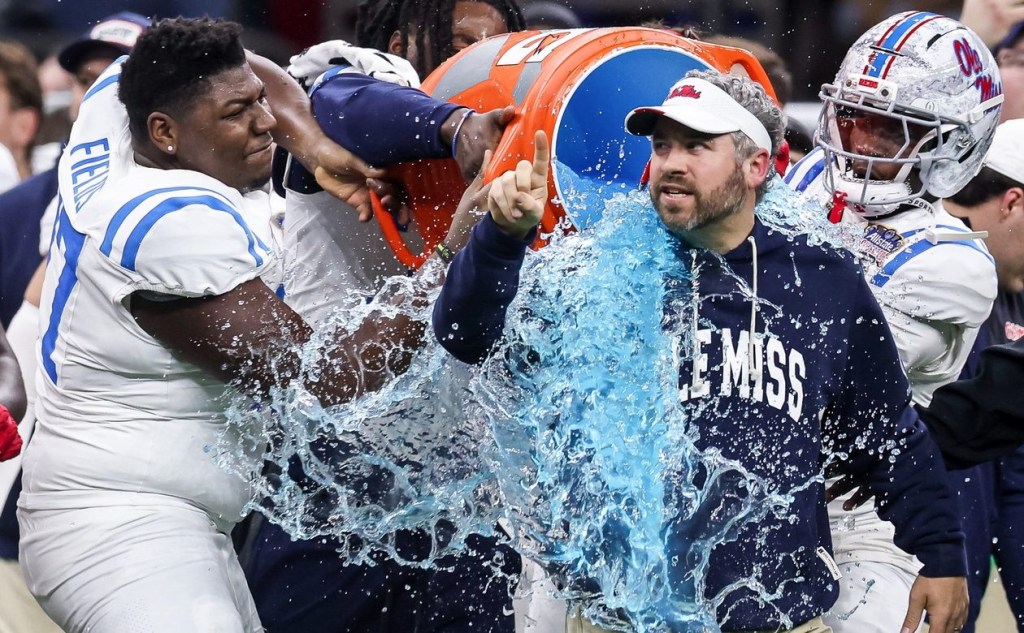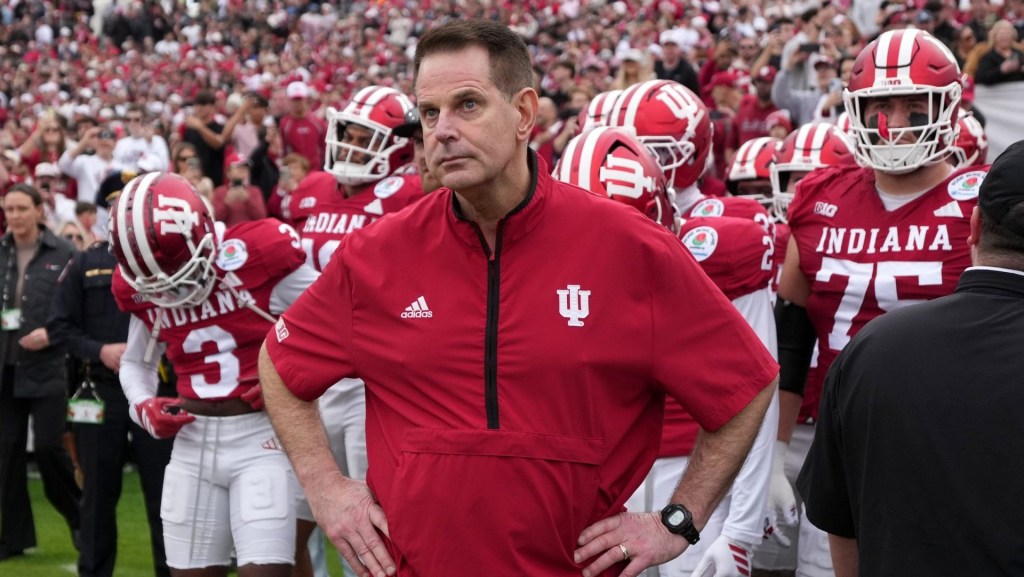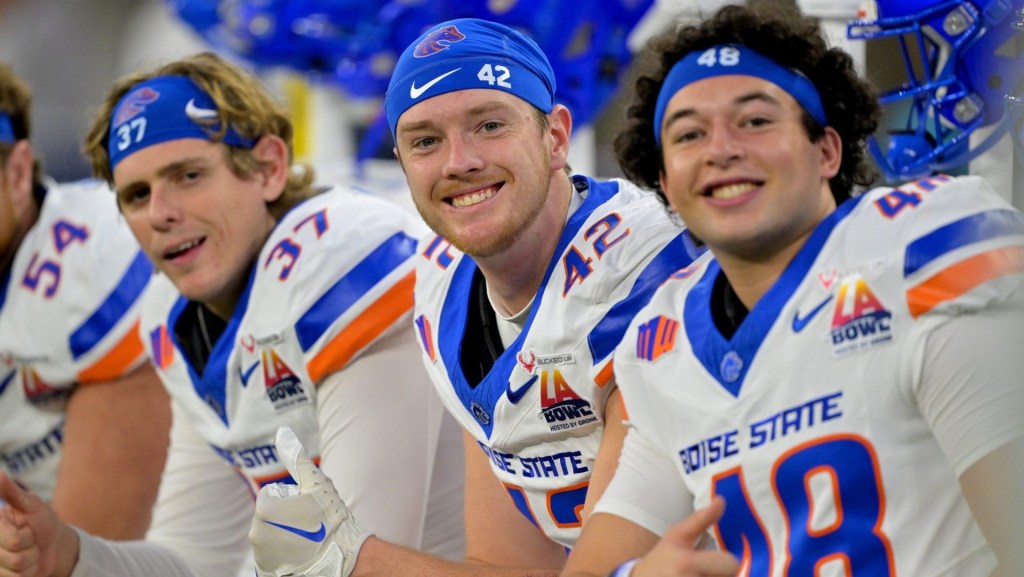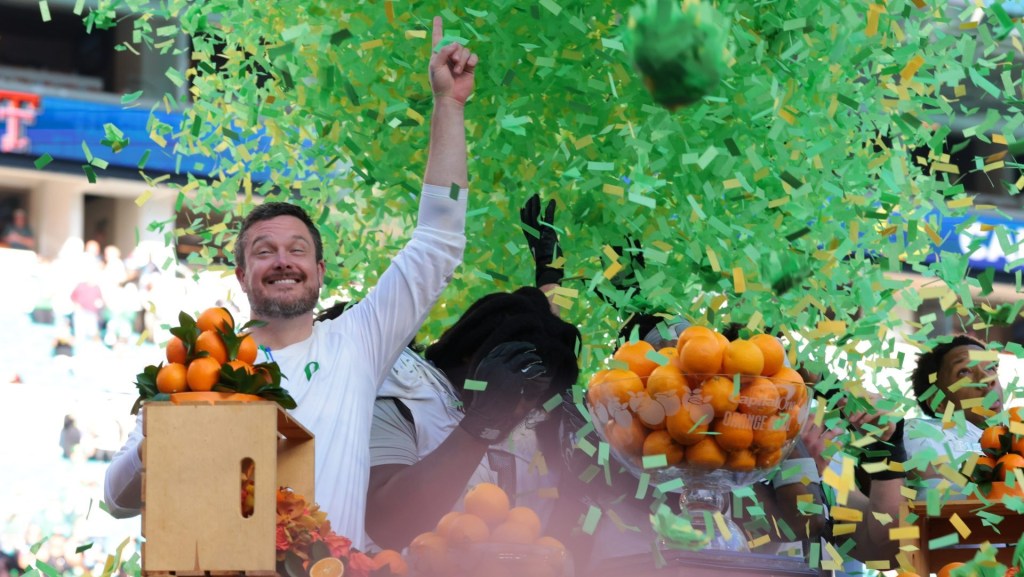It’s been exactly four years since the NCAA began allowing college athletes to sign NIL deals, earning money for use of their name, image, and likeness—but not getting paid directly by schools for playing a sport.
Until now. Tuesday marks the start of the revenue sharing era in college sports. According to the House settlement approved last month, schools can now pay athletes up to $20.5 million directly each year.
As part of that transition, the new College Sports Commission will oversee all payments above $600 to athletes, including from NIL collectives, through a platform created by Deloitte called NIL Go.
In anticipation of the new rules, collectives emptied their coffers. On June 30, collectives funneled close to $20 million to college athletes through NIL marketplace Opendorse, the largest day in the company’s history.
“Most collectives were frontloading their payments to college athletes or offloading as much of the dollars they’ve raised from donors as possible before the clearinghouse officially went into effect today,” Opendorse co-founder Blake Lawrence tells Front Office Sports.
More than 40 collectives use Opendorse to process payments.
The big uptick is entirely a byproduct of the July 1 rule changes. According to Opendorse’s annual NIL report released Tuesday, payments by collectives were 824% higher this June than they were in the same month last year.
“You’re basically able to have three years of a $20 million football roster by properly frontloading your payments in June, and that’s what we saw as a trend across dozens of our collective partners,” Lawrence says.
Last season, $20 million was how much money it took to be the best. National champion Ohio State spent $20 million on its squad, and regular season No. 1 Oregon reportedly dished out about the same, if not more.
The NIL frontloading wasn’t just in football. From April through June, 41% of collective dollars exchanged on Opendorse went to football players, Lawrence says. Men’s basketball players received 37%, women’s basketball players got 6%, and baseball players earned 5%, followed by all the other sports.
Opendorse’s report also highlights the power college athletes wield on social media, where they see engagement rates 3.7 times higher than other influencers. The platform says female athletes dominate commercial NIL opportunities, which often center on promoting products on social media—so it behooves companies to focus on female athletes for brand deals.
“As 83.9% of Collegiate rev-share dollars are expected to go to Football and Men’s Basketball, investing in Commercial NIL with Women’s Sports is not only equitable,” the report reads. “It’s smart business.”
